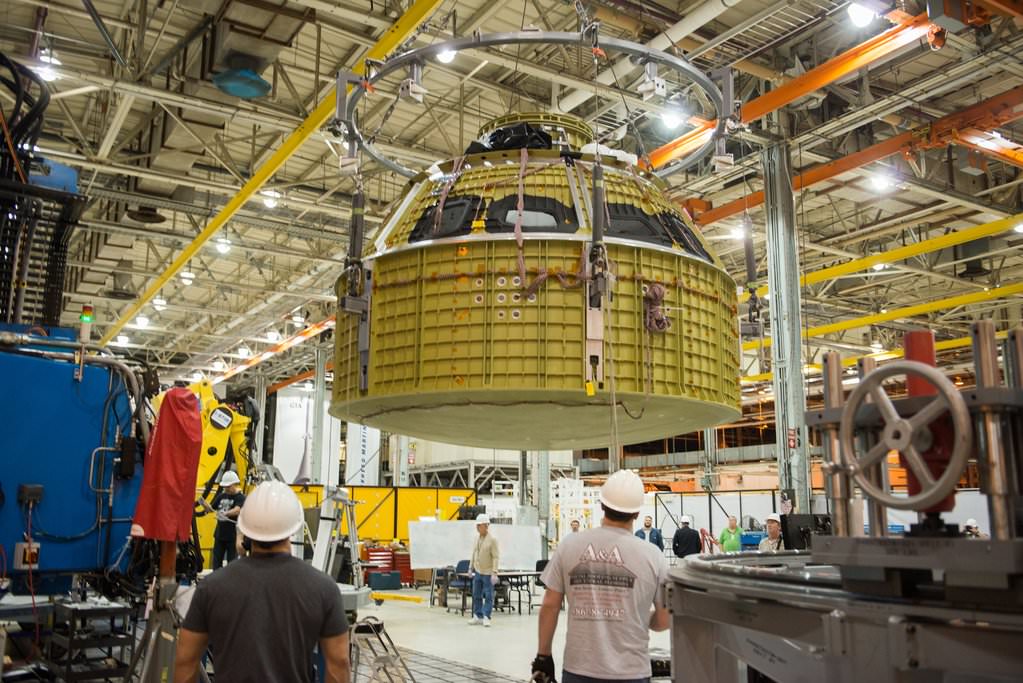
In a major step towards flight, engineers at NASA’s Michoud Assembly Facility in New Orleans have finished welding together the pressure vessel for the first Lunar Orion crew module that will blastoff in 2018 atop the agency’s Space Launch System (SLS) rocket.
This Orion is going to the Moon and back.
The 2018 launch of NASA’s Orion on an unpiloted flight dubbed Exploration Mission, or EM-1, counts as the first joint flight of SLS and Orion, and the first flight of a human rated spacecraft to deep space since the Apollo Moon landing era ended more than 4 decades ago.
Orion is designed to send astronauts deeper into space than ever before, including missions to the Moon, asteroids and the Red Planet.
“We’ve started off the year with a key step in our process to get ready for Exploration Mission-1, when together Orion and SLS will travel farther than a spacecraft built for humans has ever traveled,” said Mike Sarafin, Exploration Mission-1 manager at NASA Headquarters in Washington, in a statement.
“This brings us closer to our goal of testing our deep space exploration systems in the proving ground of lunar space before we begin sending astronauts days to weeks from Earth.”
The olive green colored pressure vessel is the spacecraft’s underlying structure on which all of the spacecraft’s systems and subsystems such built and integrated.
These systems include thermal protection, propulsion, avionics, computers, plumbing, electrical, life support, parachutes and much more.
The pressure vessel is comprised of seven large aluminum pieces that Michoud technicians began welding together in September 2015 using a highly precise state-of-the-art process called friction-stir welding.
The friction-stir welding work to assemble the primary structure of NASA’s maiden Lunar Orion capsule was just finished last week on Jan. 13.
“Friction-stir welding produces incredibly strong bonds by transforming metals from a solid into a plastic-like state, and then using a rotating pin tool to soften, stir and forge a bond between two metal components to form a uniform welded joint, a vital requirement of next-generation space hardware,” say NASA officials.
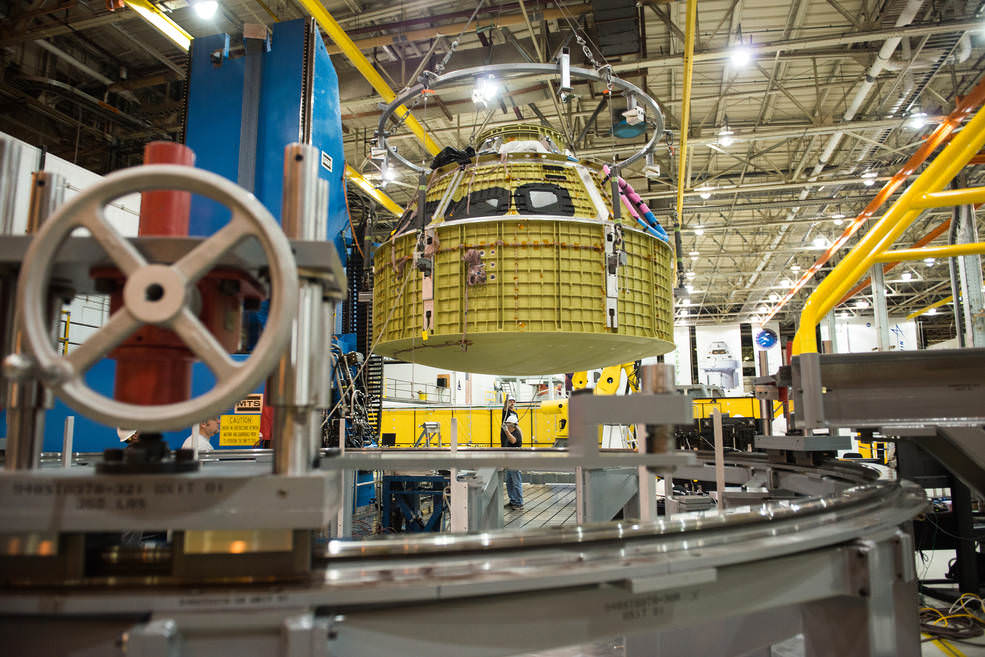
Each of the seven welded segments was outfitted with strain gauges and wiring to monitor the metal during the process.
After putting on the finished touches, NASA plans to ship the vehicle to the Kennedy Space Center (KSC) aboard NASA’s Super Guppy airplane on or about Feb. 1.
At KSC, engineers working inside the Neil Armstrong Operation and Checkout Building (O & C) will spend the next two years outfitting Orion for launch in late 2018 by installing all the systems and subsystems for its inaugural flight to the Moon and back.
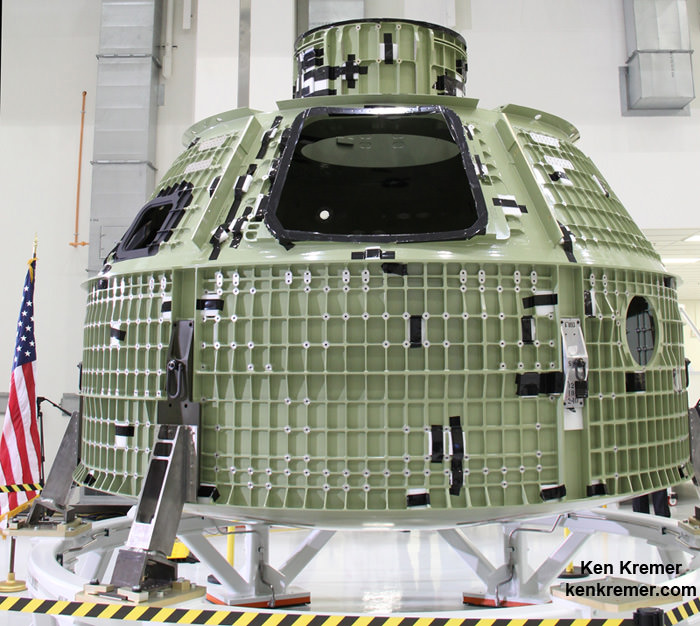
Overall this is the third Orion capsule that NASA has built, following the Ground Test Article (GTA), which did not fly, and the EFT-1 capsule which successfully launched just over one year ago on Dec. 5, 2014.
There have been many lessons learned and over that time. Among the advances are that engineers have reduced the number of welds from 33 to 7. As a result of needing so many fewer welds, the team has saved over 700 pounds of weight which can be directly converted into up mass.
SLS-1 will boost the unmanned Orion EM-1 on an approximately three week long test flight beyond the Moon and back.
Liftoff is slated for November 2018 from Launch Complex 39B at the Kennedy Space Center.
“The team at Michoud has worked incredibly hard produce a lightweight, yet incredibly durable Orion structure ready for its mission thousands of miles beyond the moon,” said Mark Kirasich, Orion program manager. “The work to get us to this point has been essential.
NASA overarching agency wide goal is to send astronauts on a ‘Journey to Mars’ in the 2030s in an Orion capsule launched by the SLS.
NASA astronaut Scott Kelly is now in the home stretch of his 1 Year Mission aboard the International Space Station (ISS) that will aid the ‘Journey to Mars.’ He is using himself as a guinea pig to test the effects of microgravity on the human body during long duration missions in space and to the Red Planet.
Michoud plays a central role in NASA’s Red Planet human expeditions since it is also the manufacturing facility for the SLS core stage.
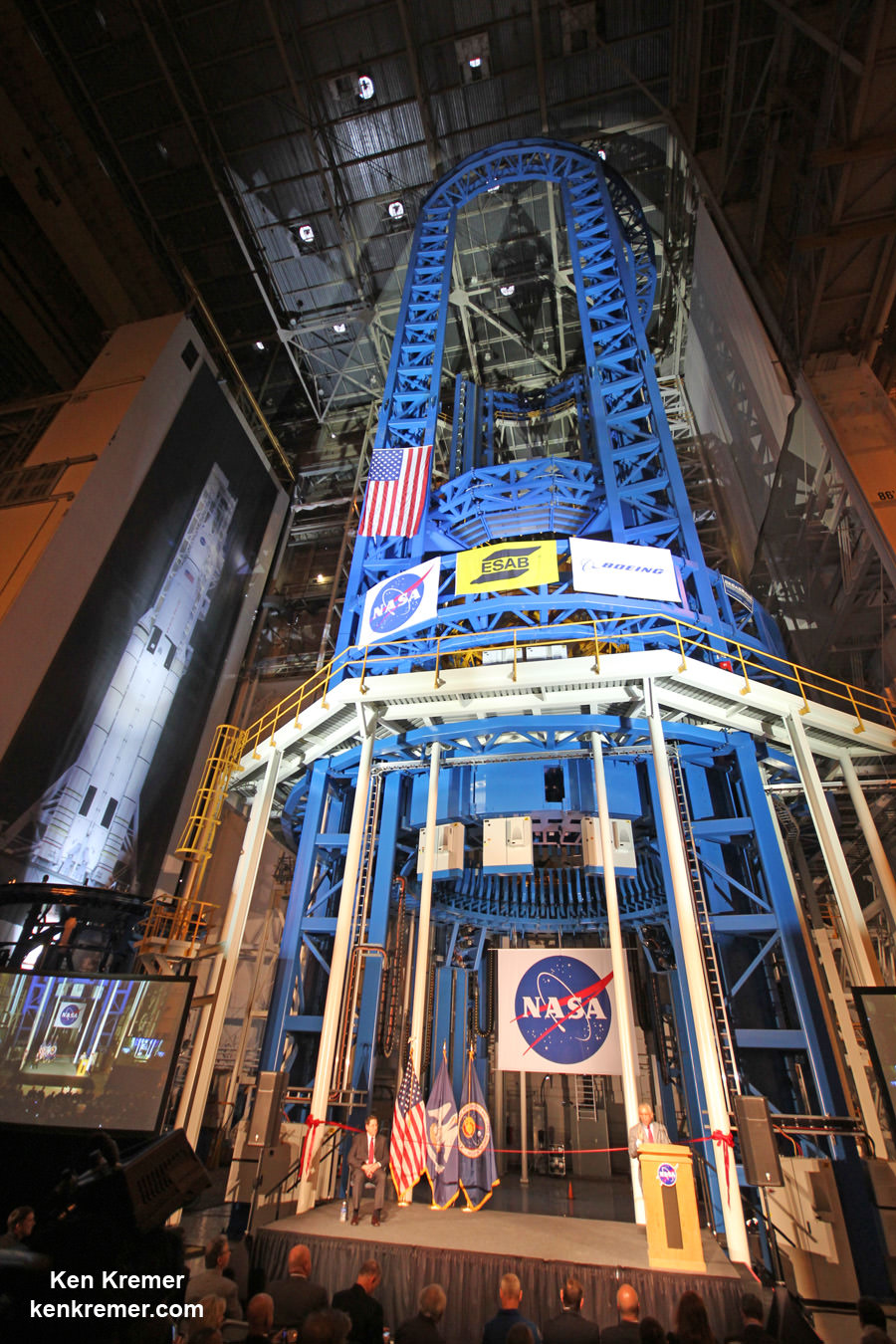
The SLS core stage is based on the space shuttle External Tanks – all of which were manufactured at Michoud during NASA’s three decade long Space Shuttle program.
Orion’s inaugural mission dubbed Exploration Flight Test-1 (EFT) was successfully launched on a flawless flight on Dec. 5, 2014 atop a United Launch Alliance Delta IV Heavy rocket Space Launch Complex 37 (SLC-37) at Cape Canaveral Air Force Station in Florida.
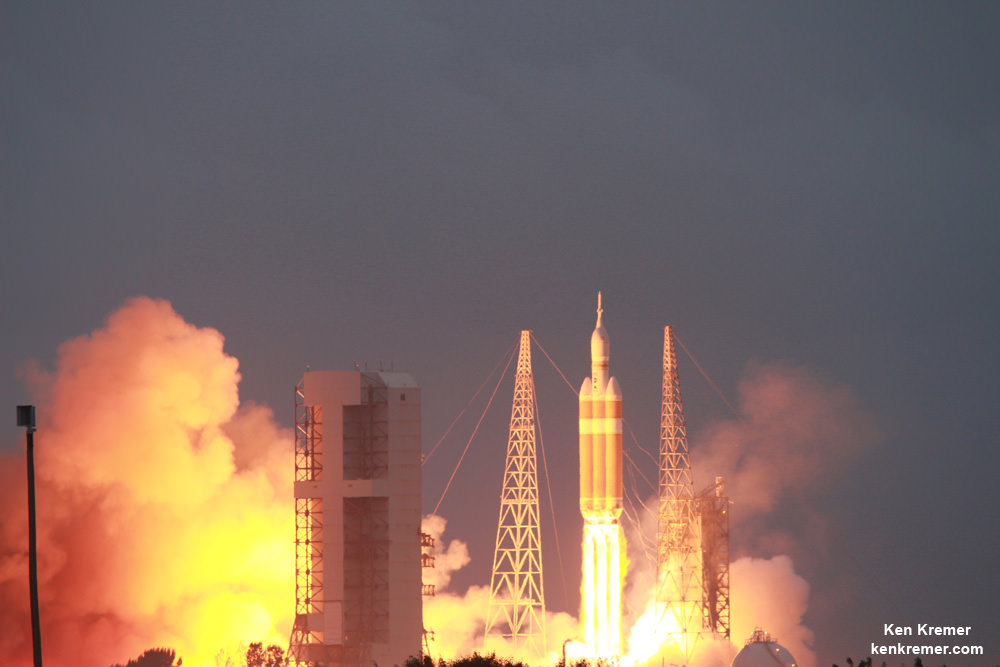
Stay tuned here for Ken’s continuing Earth and Planetary science and human spaceflight news.
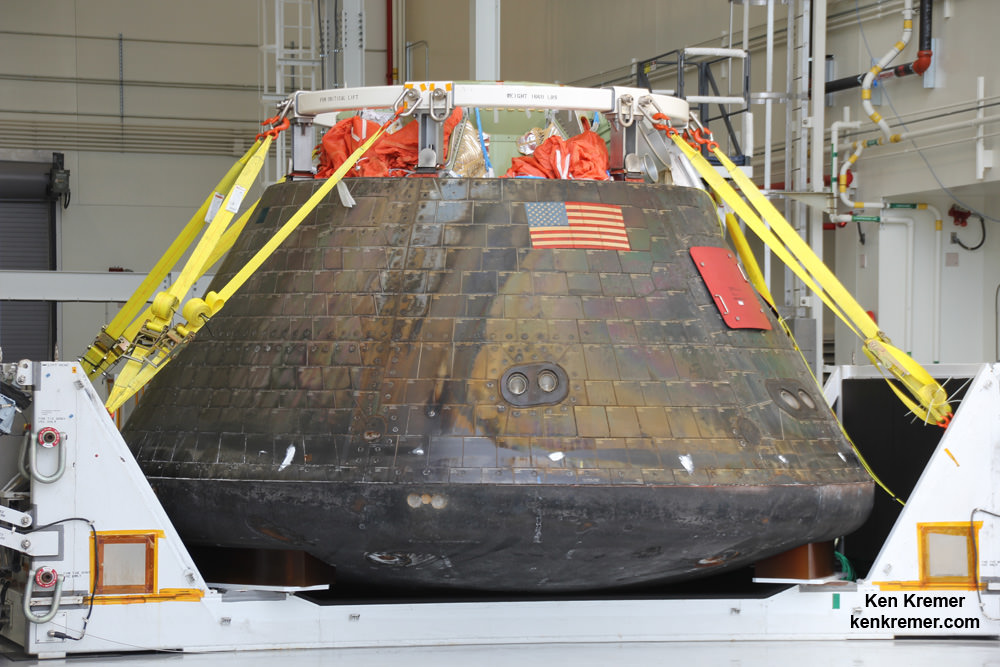
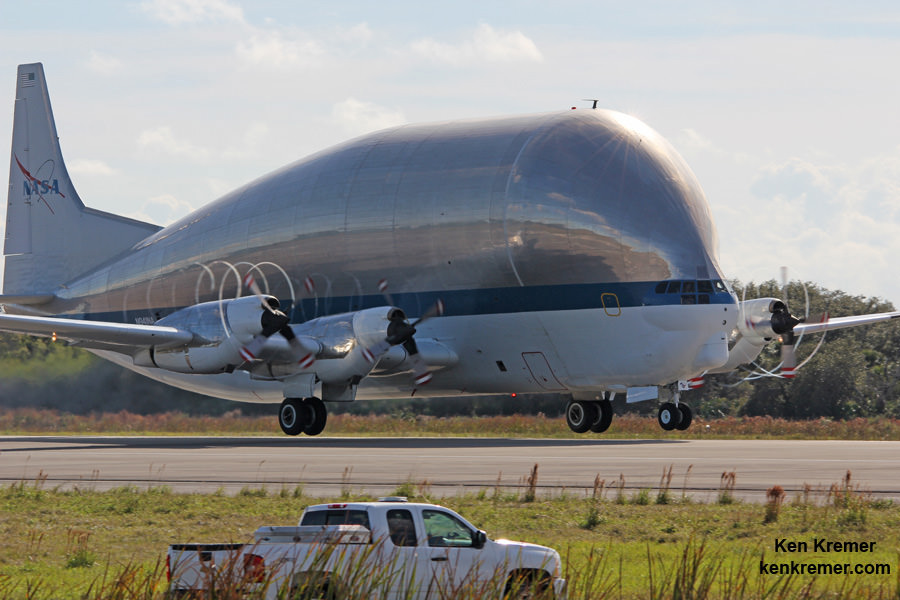

Any bets on when the launch will REALLY occur?
Never. One hopes the next administration puts a stake through the heart of SLS.
I can smell a pork barreled boondoogle all the way over here on the wast coast! Still… it’s what we’ve got to work with…. Did you really expect anything different?
Too bad Bernie isn’t all red hot about space exploration. Here;s what he says about it: “I am supportive of NASA not only because of the excitement of space exploration, but because of all the additional side benefits we receive from research in that area. Sometimes, and frankly I don’t remember all of those votes, one is put in a position of having to make very very difficult choices about whether you vote to provide food for hungry kids or health care for people who have none and other programs. But, in general, I do support increasing funding for NASA.”